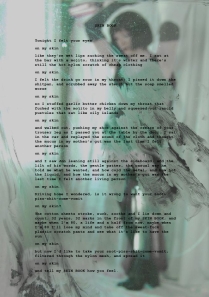This post, by Carla King, originally appeared on PBS Mediashift on 1/7/14.
The advancement in self-publishing tools and technology is a lot to keep up with, so here’s a roundup of the news that I think mattered most to self-publishers in 2013 and will continue to shape the industry this year.
1. Ingram Spark Gives Amazon CreateSpace a Run for Its Money
Ingram Content Group finally launched Ingram Spark, the much-anticipated print-on-demand and e-book distribution service aimed at self-publishers. It’s a welcome alternative to their publisher services tool Lightning Source, and competes with Amazon’s CreateSpace. Spark offers one author dashboard to handle both e-book and print distribution, while Amazon forces authors to two different places (CreateSpace for POD, Kindle Direct Publishing for e-books). And, unlike CreateSpace, Spark also allows authors to set the 55% discount and returns programs that bookstores insist upon. Do note that Amazon, being the pushy gorilla it is, sometimes lists print books not produced by them as “Out of Stock.” So this author continues to use CreateSpace in conjunction with other services, just to make sure that doesn’t happen.
2. E-book Subscription Services Entice Readers to Buy in Bulk
Click here to read the full post on Mediashift.

